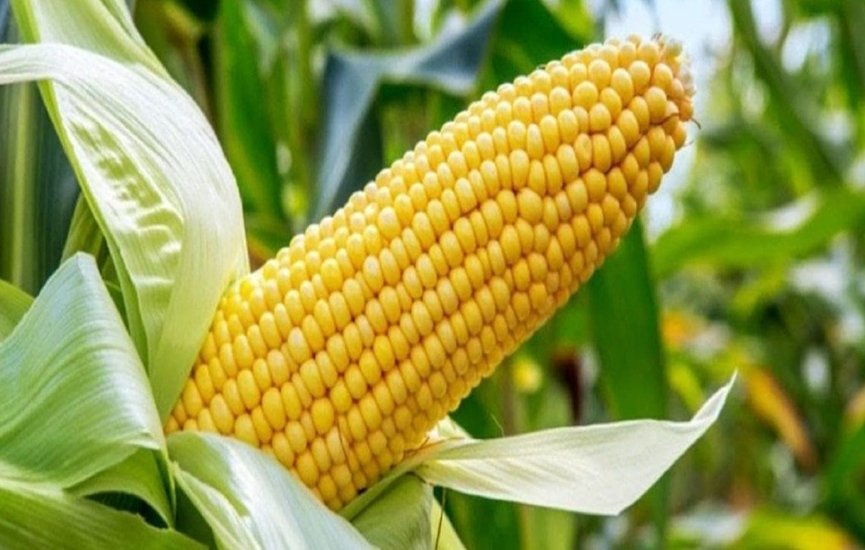Senegal is poised for a strong rebound in maize production during the 2025/2026 agricultural season, following a challenging year that saw output decline by 12.7% to 495,571 tonnes. The drop in domestic supply triggered a 19% surge in maize imports, underscoring the crop’s critical role in national food security and the urgency of revitalizing local yields. Maize ranks as Senegal’s third most cultivated and consumed cereal, after rice and millet, making its recovery essential for both household consumption and livestock feed.
Encouraging signs are emerging across key maize-growing regions, including Kaolack, Kaffrine, Sédhiou, Kolda, Tambacounda, and Kédougou, where farmers have expanded planting areas and reported healthy crop development. Field visits by officials from the Interprofession Maïs (IMAIS), Senegal’s national maize industry body, revealed promising conditions and strong farmer engagement. Although IMAIS has not yet released precise figures for the total seeded area or projected output, the early outlook suggests a significant improvement over the previous season.
This anticipated recovery is being driven by a combination of favorable weather patterns, improved seed distribution, and increased support from agricultural stakeholders. Government initiatives and private sector partnerships are helping farmers access better inputs and technical guidance, while also promoting sustainable practices to enhance resilience against climate variability. The momentum reflects a broader commitment to strengthening Senegal’s agricultural base and reducing dependency on imported cereals.
If current trends hold, the 2025/2026 season could mark a turning point for Senegal’s maize sector, restoring confidence among producers and reinforcing the crop’s role in the country’s economic and nutritional landscape. A successful harvest would not only stabilize domestic markets but also contribute to rural livelihoods and national development goals, positioning maize as a pillar of Senegal’s agricultural resurgence.
